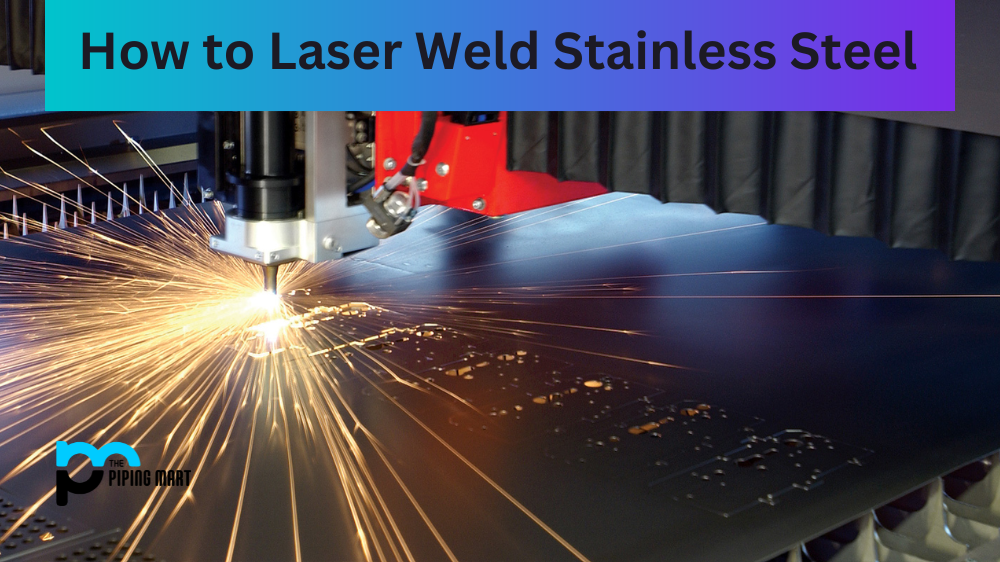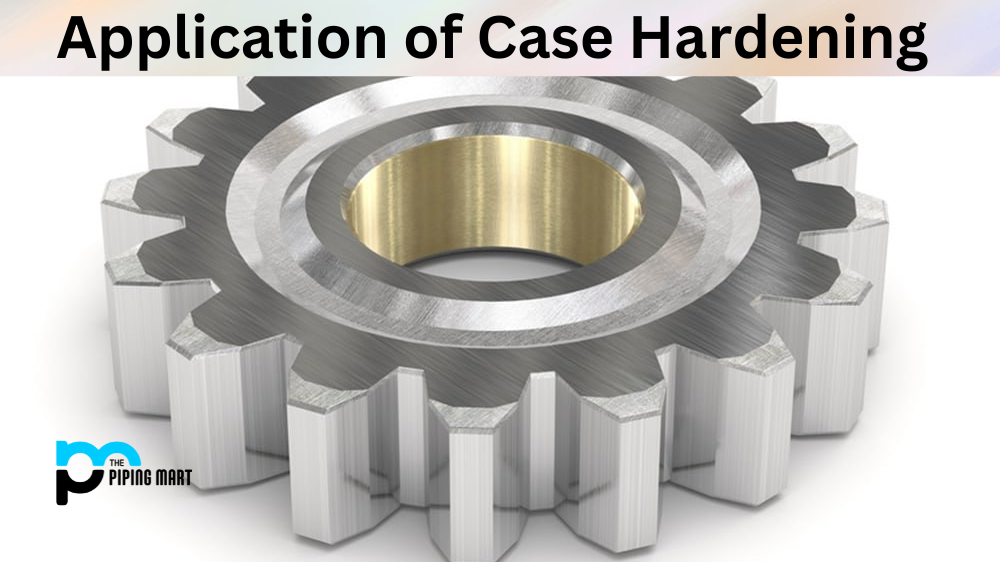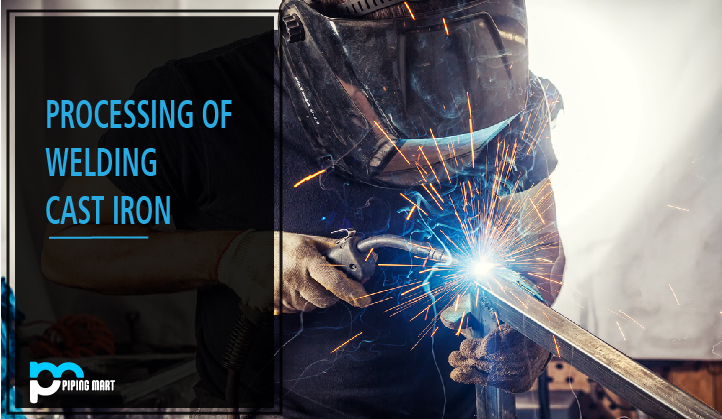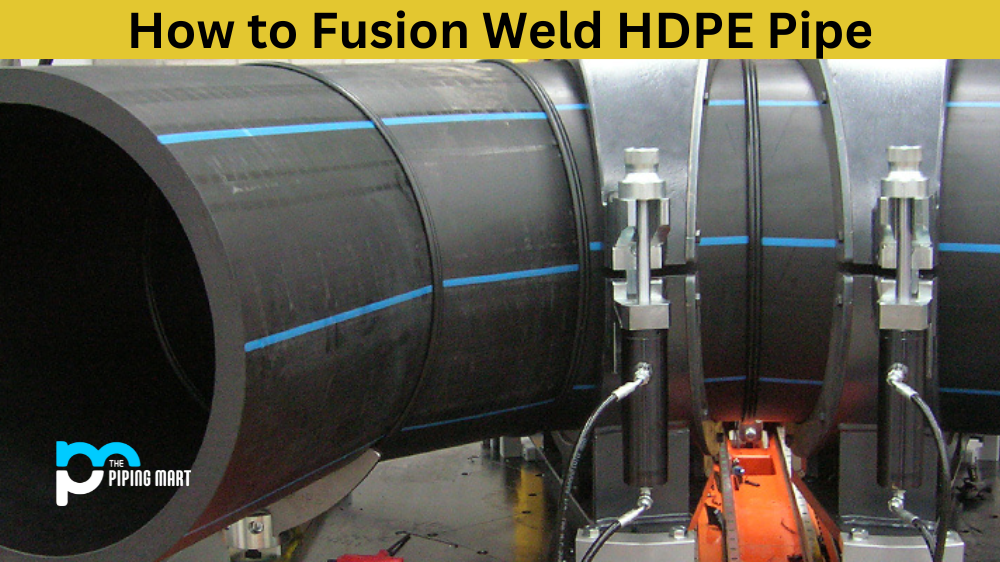Laser welding is one of the most reliable and accurate ways to join two pieces of stainless steel together. It’s a great option for many industrial applications since it produces clean, strong welds with minimal heat distortion. However, laser welding can be tricky if you’re unfamiliar with the process. In this blog post, we’ll cover the basics of laser welding stainless steel so you can decide if it’s the right solution for your project.
Basics of Laser Welding Stainless Steel
Before getting into the specifics of how to laser weld stainless steel, let’s start by looking at the basics of laser welding in general. Laser welding works by focusing a high-powered laser beam onto two pieces of metal that are being held together in place (usually via clamps). The intense heat generated from the laser makes it possible for these two pieces to meld together and form a single piece of metal—in this case, stainless steel.
Understanding the Process
Now that you understand the basics of how laser welding works let’s look at what you need to know when it comes to actually welding stainless steel. Here are some key points to keep in mind:
Choose a High-Powered Laser
The power output (measured in watts) determines how long it takes for the material you’re working with to reach melting point. For stainless steel projects, choose a laser with an output between 5 and 6 kW (kilowatts). This will ensure that your weld is completed quickly and efficiently.
Be Careful With Heat
When working with any type of metal, it’s important to be careful not to overheat it during the welding process. Too much heat can cause warping or, even worse—cracking! To avoid overheating, make sure your work area is well-ventilated and use an air-cooled torch head when necessary. Additionally, move slowly and steadily while keeping track of your progress as you go along.
Pick Your Settings Carefully
When setting up your machine for a laser weld job on stainless steel, it’s important to take into account factors like material thickness and type (ferritic vs austenitic), chamber pressure levels, pulse duration/frequency settings, etc., as all these variables will affect the overall quality and strength of your finished product.
Conclusion:
Laser welding is an excellent choice if you need to join two pieces of stainless steel together quickly and accurately without compromising on strength or quality. While there are many factors that have an effect on how successful and efficient your weld will be (including power output settings and chamber pressure levels), if done correctly, this process can produce reliable results every time! So whether you’re working on a large commercial project or just some small repairs around your home or shop—keep these tips in mind for successful laser welding jobs involving stainless steel!

A passionate metal industry expert and blogger. With over 5 years of experience in the field, Palak brings a wealth of knowledge and insight to her writing. Whether discussing the latest trends in the metal industry or sharing tips, she is dedicated to helping others succeed in the metal industry.




